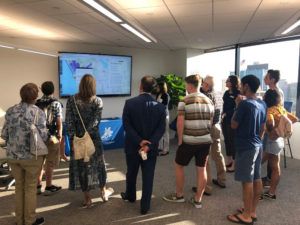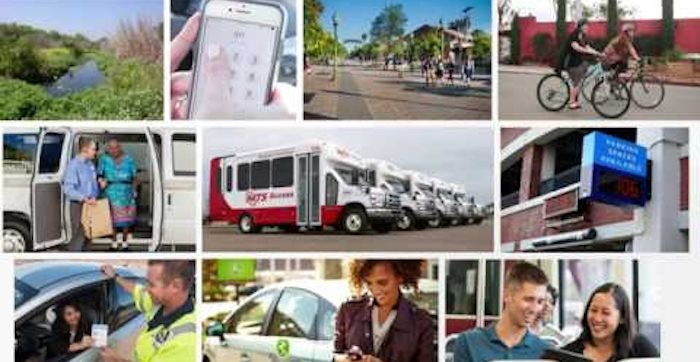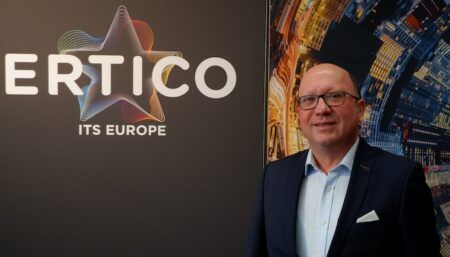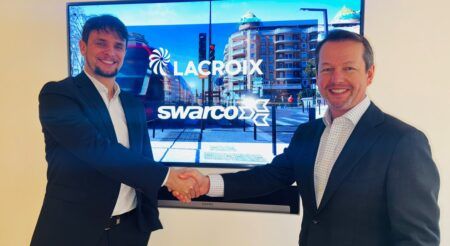The San Diego Association of Governments (SANDAG) has launched its new Vision Lab where the agency and its partners will develop a bold new transportation vision for southern California.
SANDAG’s new Vision Lab is a collaborative space for agency staff, elected officials, working groups, and industry leaders to discuss ideas, data, and tools for developing a fully integrated, world-class transportation system in the San Diego region. Among the key strategies and initiatives to improve commute times and the environment that will be developed at the facility will be ‘San Diego Forward: The 2021 Regional Plan’ and the ‘5 Big Moves’ scheme that covers: Complete Corridors, Transit Leap, Mobility Hubs, Flexible Fleets, and the Next Operating System (OS).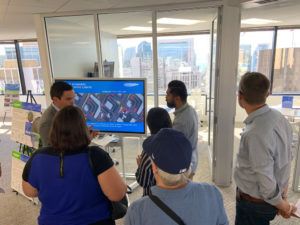
To support development of the 2021 Regional Plan, SANDAG established a Vision Advisory Panel to tap the expertise of southern California industry leaders. The panel will help develop a strategy for a world-class transportation system that makes the best use of available and emerging technologies and results in a system that is smart, efficient, and accessible. The Panel will provide expert input about how to deploy technology solutions to solve complex transportation problems and guide SANDAG leadership on how to best future-proof the transportation system. In its role as a development hub, the Vision Lab has been equipped with the latest planning software and systems including a digital sketch planning tool, and interactive maps to show where people live, work and travel around the region.
“The Vision Lab is a place for SANDAG staff to work alongside transportation and technology experts and members of the public to develop the best transportation system in the world,” said SANDAG’s executive director, Hasan Ikhrata. “We invite all San Diegans to visit, learn, and have a voice in the future of this bold new vision.”
Colleen Emmenegger, head of people-centered automation at the University of California at San Diego’s Design Lab and member of the Vision Advisory Panel, said, “If you want to design something that people will actually use, you have to bring together policy makers, planners, technologists, and the community in a collaborative way.”